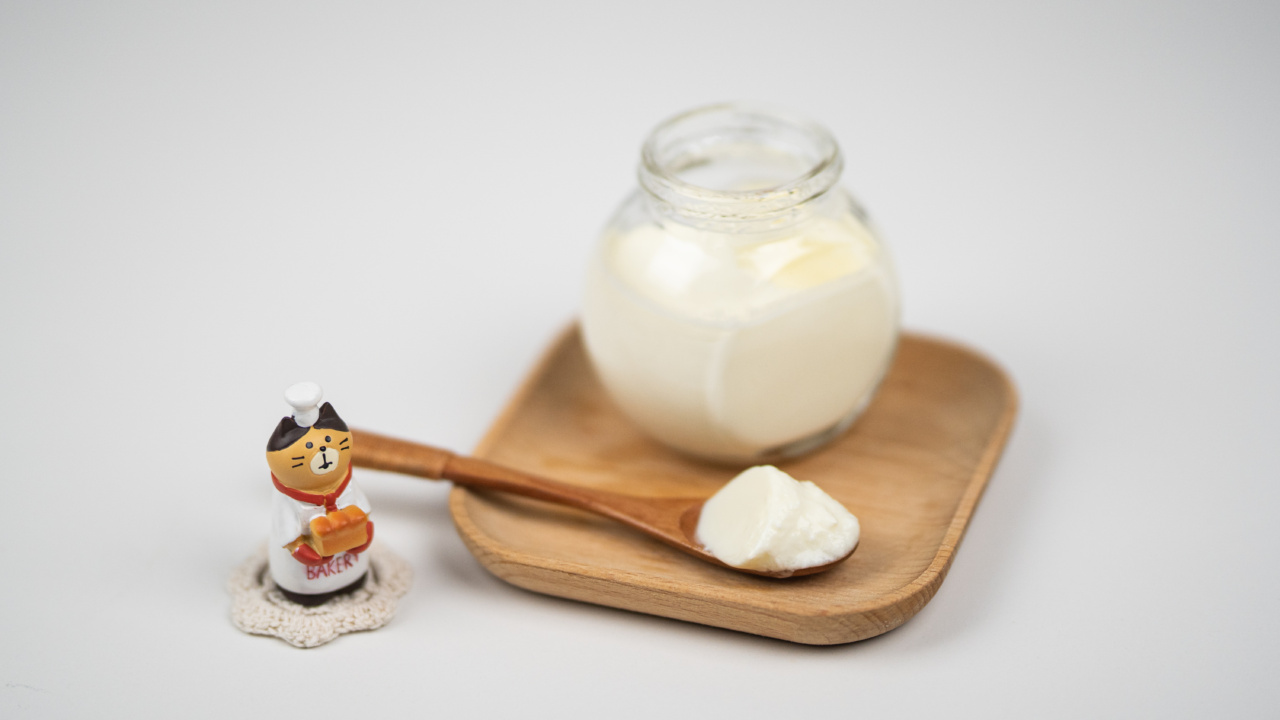If you have been diagnosed with lactose intolerance, it means your body has difficulty digesting lactose, a sugar found in milk and dairy products.
This condition occurs when your body doesn’t produce enough lactase, the enzyme responsible for breaking down lactose. As a result, consuming lactose-containing foods can lead to uncomfortable digestive symptoms such as bloating, diarrhea, and abdominal pain.
Foods to Avoid
While it may sound challenging to eliminate lactose from your diet, many alternative options are available to ensure you still get the necessary nutrients. Here is a list of lactose-containing foods you should avoid if you are lactose intolerant:.
1. Dairy Milk
Dairy milk is the primary source of lactose in most diets. Whether it’s whole milk, skim milk, or any variety in between, they all contain lactose.
If you enjoy drinking milk, consider trying lactose-free milk alternatives like almond milk, soy milk, or rice milk.
2. Cheese
Cheese is another popular food that contains lactose. However, the lactose content varies depending on the type of cheese. Hard cheeses like cheddar, Swiss, and parmesan have lower lactose levels compared to soft cheeses such as mozzarella or brie.
Consider using lactose-free cheese options or opting for dairy-free alternatives made from nuts or soy.
3. Yogurt
Yogurt is a fermented dairy product known for its probiotic benefits. However, regular yogurt contains lactose which can trigger symptoms for people with lactose intolerance.
Fortunately, there are lactose-free yogurt options available in many grocery stores. Greek yogurt, with reduced lactose content due to the straining process, may also be better tolerated.
4. Ice Cream
Indulging in creamy ice cream can spell trouble for individuals with lactose intolerance.
Traditional ice cream is rich in lactose, but lactose-free or dairy-free alternatives such as sorbet, gelato, or coconut milk-based ice cream can be a safer and equally delicious treat.
5. Butter and Margarine
Although butter and margarine are derived from milk, they contain very low levels of lactose. Most people with lactose intolerance can tolerate them without discomfort.
However, those with severe lactose intolerance may still need to seek alternatives like coconut oil or plant-based margarine.
6. Cream-based Soups and Sauces
Cream-based soups and sauces, such as clam chowder or Alfredo sauce, often contain lactose. Opt for alternatives like broth-based soups or tomato-based sauces that do not have the added lactose.
7. Bread and Baked Goods
Some bread and baked goods may contain lactose as an additive or in the form of milk powder. Always check the labels or consider baking your own lactose-free versions using alternative milk and butter substitutes.
8. Chocolate and Confectionery
Many chocolate bars and confectionery items contain milk or lactose as ingredients. Look for dark chocolate or plant-based alternatives to satisfy your sweet tooth without the lactose.
9. Instant Drinks and Mixes
Instant drinks and mixes like hot cocoa, cappuccino mixes, and powdered milk often contain lactose. Opt for lactose-free or plant-based alternatives when preparing these beverages.
10. Processed and Packaged Foods
Processed and packaged foods can sometimes hide lactose in unexpected places. Always read the ingredients list and be aware of terms such as whey, milk solids, or dry milk powder, as they indicate the presence of lactose.
Remember to consult with a healthcare professional or a registered dietitian if you suspect lactose intolerance or if you need guidance in managing your lactose intake.
They can provide personalized advice and ensure you are meeting your nutritional needs while avoiding lactose-containing foods.






























